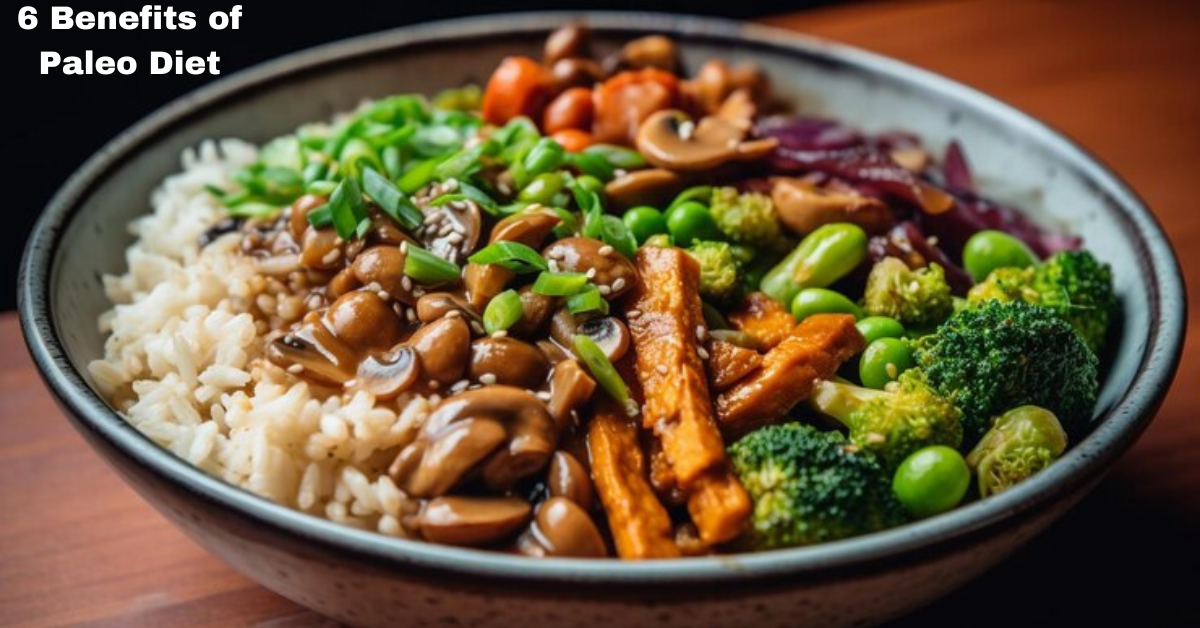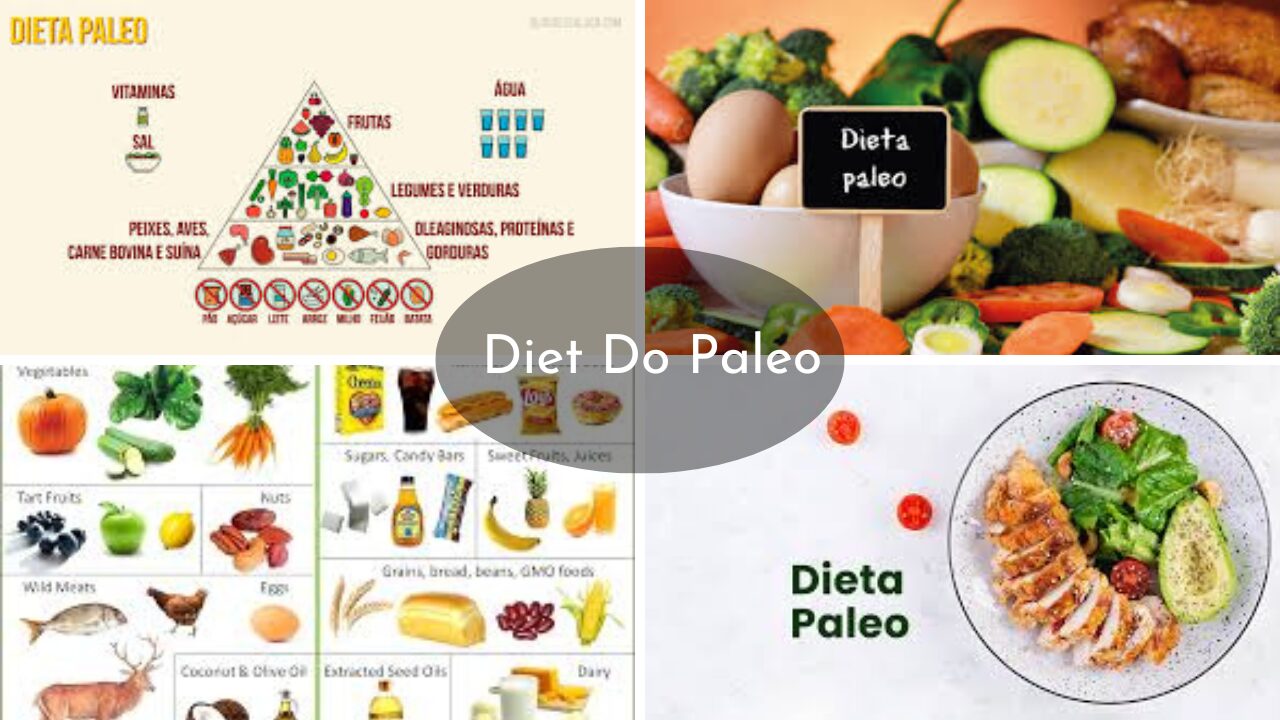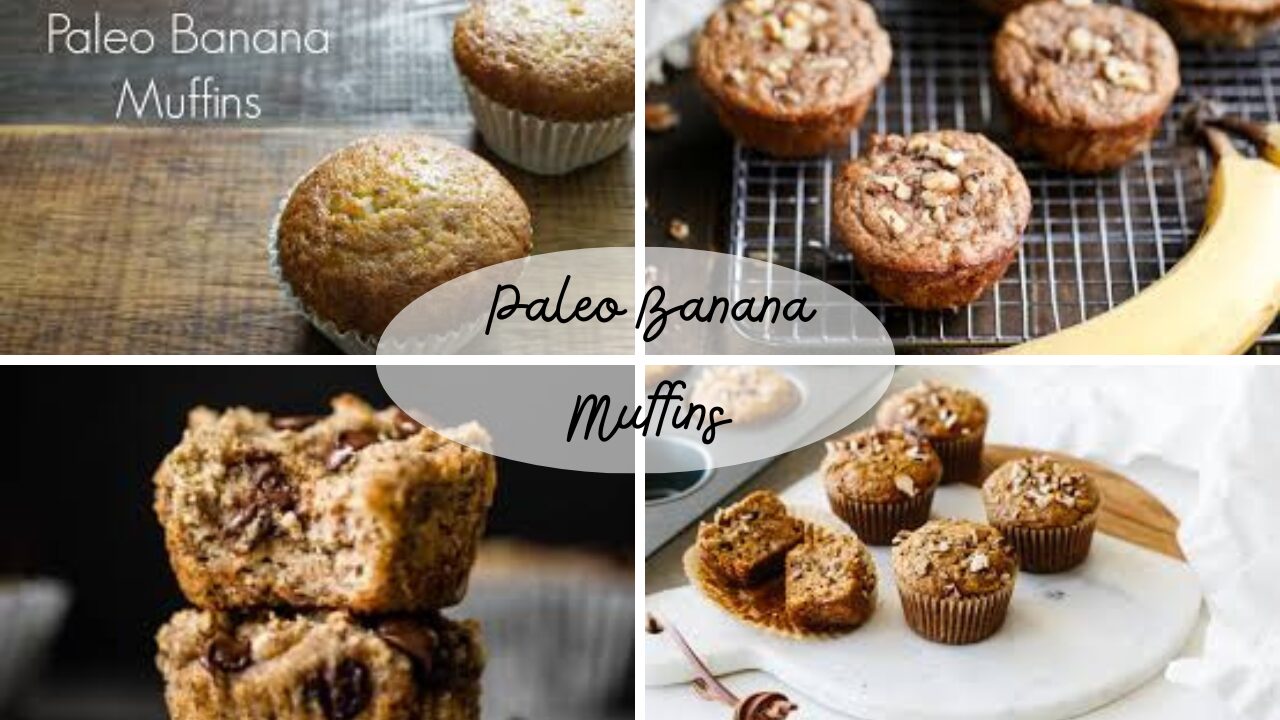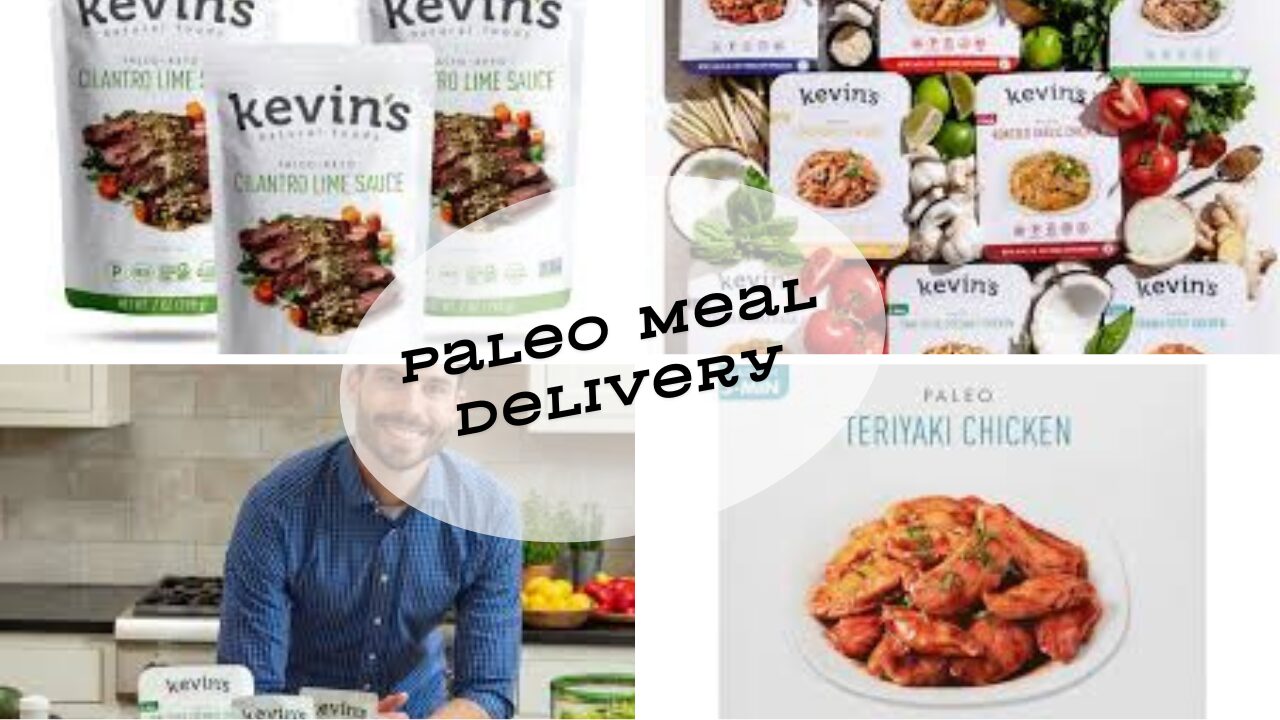Delicious and Nutrient-Packed: 6 Benefits of Paleo Dinner Recipes for a Healthier You
In the world of diets and nutrition, the Paleo diet has gained significant attention for its focus on “paleo dinner recipes” that mirror the dietary habits of our ancestors. By emphasizing lean meats, fish, fruits, vegetables, nuts, and seeds while excluding grains, dairy, and processed foods, the Paleo diet aims to promote overall health and well-being. In this blog post, we will delve into the benefits of incorporating paleo dinner recipes into your culinary repertoire and explore how this dietary approach can contribute to a healthier lifestyle.
Why choose Paleo?
Before we jump into the recipes, let’s quickly discuss why the paleo diet has gained so much popularity in recent years. The paleo diet focuses on consuming foods our ancestors would have eaten during the Paleolithic era, such as lean meats, seafood, fruits, vegetables, nuts, and seeds. The paleo diet promotes nutrient-dense, whole foods rich in vitamins, minerals, and antioxidants by avoiding processed foods, grains, dairy, and refined sugars.
Getting Started with Paleo Dinner Recipes
If you’re new to the paleo lifestyle, figuring out where to begin can be overwhelming. But fear not; we’ve got you covered! Here are some tips to help you get started on your paleo dinner journey:
Stock up on Paleo staples:
- Fill your pantry with paleo-friendly ingredients like coconut oil, olive oil, herbs, spices, coconut aminos, and almond flour.
Plan Your Meals:
- Take some time each week to plan your meals. This will help you stay organized and ensure you have all the necessary ingredients.
Embrace fresh produce:
- Incorporate a variety of colorful fruits and vegetables into your meals. Not only do they provide essential nutrients, but they also add vibrant flavors and textures to your dishes.
Experiment with protein sources:
- Explore protein options like grass-fed beef, free-range poultry, wild-caught fish, and plant-based sources like tofu and tempeh.
Now that you’re armed with basic tips, let’s move on to the mouthwatering paleo dinner recipes!
Recipe 1: Herb-Roasted Chicken with Root Vegetables
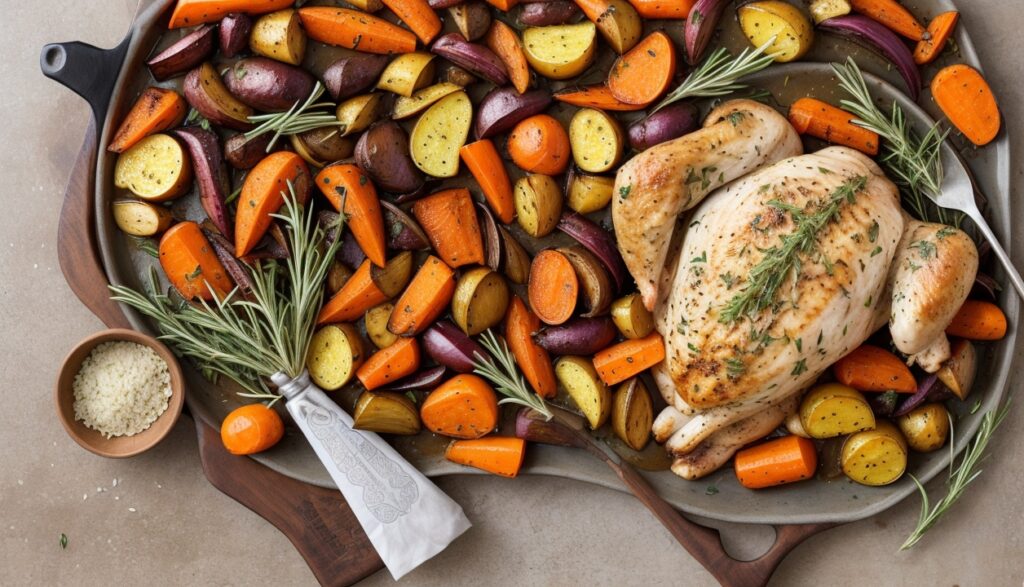
Ingredients:
- 1 whole organic chicken
- Assorted root vegetables (carrots, sweet potatoes, and parsnips)
- Fresh herbs (rosemary, thyme, and sage)
- Extra-virgin olive oil
- Sea salt and black pepper
Instructions:
- Preheat your oven to 375°F (190°C).
- Season the chicken with salt, pepper, and your favorite herbs.
- Place the chicken on a roasting rack in a baking dish, and arrange the root vegetables around it.
- Drizzle the vegetables with olive oil and season with salt and pepper.
- Roast the chicken and vegetables for about 1 hour or until the chicken is cooked and tender.
- Let the chicken rest for a few minutes before serving. Enjoy!
Recipe 2: Zucchini Noodles with Pesto and Grilled Shrimp
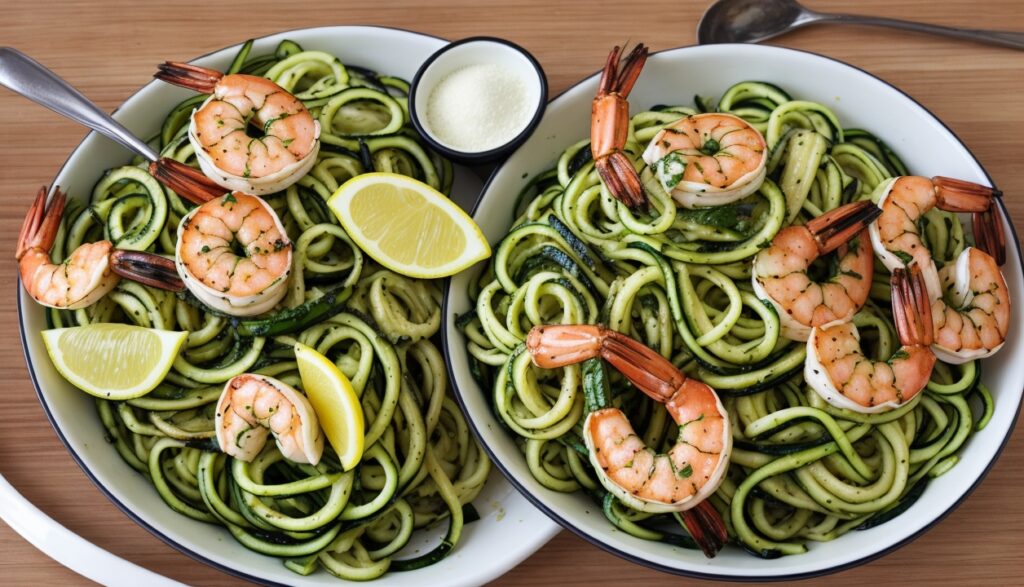
Ingredients:
- 2 medium zucchinis, spiralized into noodles
- 1 pound of shrimp, peeled and deveined
- Fresh basil leaves
- Pine nuts
- Garlic cloves
- Extra-virgin olive oil
- Lemon juice
- Sea salt and black pepper
Instructions:
- Heat a grill or grill pan over medium-high heat.
- Season the shrimp with salt, pepper, and olive oil.
- Grill the shrimp for 2-3 minutes per side or until they turn pink and opaque. Set aside.
- Combine basil leaves, pine nuts, garlic cloves, olive oil, lemon juice, salt, and pepper in a food processor. Blend until smooth.
- Heat a tablespoon of olive oil over medium heat in a large skillet. Add the zucchini noodles and sauté for 2-3 minutes until they soften.
- Toss the zucchini noodles with the pesto sauce and top with grilled shrimp.
- Serve immediately and enjoy this light and flavorful dish!
Recipe 3: Baked Salmon with Roasted Brussels Sprouts
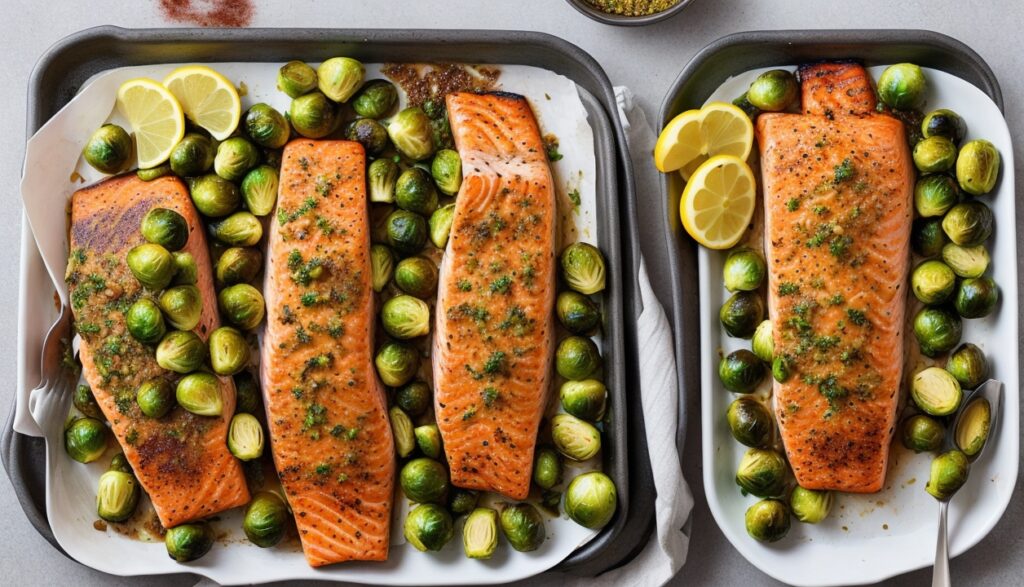
Ingredients:
- Fresh salmon fillets
- Brussels sprouts
- Lemon zest
- Garlic powder
- Smoked paprika
- Avocado oil
- Sea salt and black pepper
Instructions:
- Preheat your oven to 400°F (200°C).
- Season the salmon fillets with lemon zest, garlic powder, smoked paprika, salt, and pepper.
- Place the seasoned salmon on a baking sheet lined with parchment paper.
- Toss the Brussels sprouts with avocado oil, salt, and pepper.
- Arrange the Brussels sprouts around the salmon on the baking sheet.
- Bake for 15-20 minutes or until the salmon is cooked to your desired level of doneness and the Brussels sprouts are tender and slightly crispy.
- Remove it from the oven and let it cool for a few minutes before serving.
Recipe 4: Cauliflower Fried Rice

Ingredients:
- 1 head of cauliflower, grated or processed into a rice-like texture
- Protein of your choice (chicken, shrimp, tofu)
- Assorted vegetables (carrots, peas, bell peppers, and onions)
- Coconut aminos
- Sesame oil
- Garlic cloves
- Eggs, beaten
- Green onions, chopped
- Sea salt and black pepper
Instructions:
- Heat a tablespoon of sesame oil in a large skillet or wok over medium heat.
- Add the protein of your choice and cook until fully cooked through. Set aside.
- Add a little more sesame oil to the same skillet, and sauté the garlic and vegetables until they are tender.
- Push the vegetables to one side of the skillet and pour the beaten eggs into the other. Scramble the eggs until cooked, and then mix them with the vegetables.
- Add the cauliflower rice to the skillet and stir-fry for about 5-7 minutes until it’s cooked but still firm.
- Pour in the coconut aminos and season with salt and pepper to taste.
- Add the cooked protein back into the skillet and stir everything together.
- Garnish with chopped green onions, and serve hot.
Recipe 5: Stuffed Bell Peppers with Ground Turkey

Ingredients:
- Bell peppers (any color)
- Ground turkey
- Onion, diced
- Garlic cloves, minced
- Tomato sauce
- Fresh herbs (such as parsley or basil)
- Avocado oil
- Sea salt and black pepper
Instructions:
- Preheat your oven to 375°F (190°C).
- Cut the tops off the bell peppers and remove the seeds and membranes.
- Heat a tablespoon of avocado oil over medium heat in a large skillet.
- Add the diced onion and minced garlic, and sauté until fragrant and softened.
- Add the ground turkey to the skillet and cook until browned and cooked through.
- Stir in the tomato sauce and fresh herbs, and season with salt and pepper.
- Spoon the turkey mixture into the hollowed-out bell peppers.
- Place the stuffed bell peppers in a baking dish and bake for approximately 25–30 minutes, or until the peppers are tender.
- Remove them from the oven and let them cool for a few minutes before serving.
Nutrient-Dense Ingredients
One of the primary principles of the Paleo diet is the emphasis on nutrient-dense foods. Lean meats provide high-quality protein, essential for muscle development and repair. Fruits and vegetables deliver a plethora of vitamins, minerals, and antioxidants that support various bodily functions. Nuts and seeds offer healthy fats, fiber, and additional nutrients. By focusing on these whole, unprocessed ingredients, Paleo dishes become a powerhouse of essential nutrients.
Balanced Blood Sugar Levels
The Paleo diet inherently limits refined sugars and carbohydrates, promoting more stable blood sugar levels. This can be particularly beneficial for individuals with diabetes or those aiming to prevent blood sugar spikes and crashes. By opting for complex carbohydrates from fruits and vegetables, Paleo enthusiasts may experience sustained energy levels throughout the day.
Improved Digestive Health
The exclusion of grains and legumes from the Paleo diet can contribute to improved digestive health. Grains contain anti-nutrients like lectins and phytates, which may interfere with nutrient absorption and cause digestive discomfort for some individuals. By avoiding these potential irritants, followers of the Paleo diet often report reduced bloating, gas, and other digestive issues.
Weight Management
Many individuals turn to the Paleo diet for its potential benefits in weight management. By focusing on whole foods and eliminating processed and high-calorie snacks, adherents often consume fewer empty calories. Additionally, the high protein content of the diet may contribute to increased feelings of satiety, helping individuals control their appetite and manage their weight more effectively.
Inflammation Reduction
Chronic inflammation is linked to various health issues, including heart disease, diabetes, and autoimmune conditions. The Paleo diet’s emphasis on anti-inflammatory foods, such as fatty fish and fruits rich in antioxidants, may contribute to reducing inflammation in the body. For individuals with inflammatory conditions, adopting a Paleo-inspired approach might provide relief and support overall well-being.
Enhanced Energy Levels
The nutrient-dense nature of Paleo dishes, coupled with the avoidance of processed sugars and grains, can contribute to enhanced energy levels. Many followers of the Paleo diet report feeling more energized and alert, attributing this to a combination of stable blood sugar levels, improved nutrient intake, and the absence of energy-draining processed foods.
Frequently Asked Questions
What is the paleo diet?
The Paleo diet, also known as the Caveman diet, is a dietary approach that focuses on consuming foods that our ancestors would have eaten during the Paleolithic era. It emphasizes whole, unprocessed foods like lean meats, seafood, fruits, vegetables, nuts, and seeds while avoiding grains, dairy, processed foods, and refined sugars.
Are Paleo dinner recipes suitable for vegetarians or vegans?
While the paleo diet primarily focuses on animal-based protein sources, there are still plenty of options for vegetarians and vegans. Plant-based proteins like tofu, tempeh, and legumes can be included in paleo-friendly vegetarian or vegan dinner recipes.
Can I still enjoy desserts while following a paleo diet?
Yes, you can enjoy desserts while following a paleo diet. Numerous paleo-friendly dessert recipes that use natural sweeteners like honey or maple syrup and alternative flours like almond or coconut flour are available.
Are paleo dinner recipes suitable for weight loss?
The paleo diet is effective for weight loss due to its focus on whole, nutrient-dense foods and the elimination of processed foods and refined sugars. However, it’s important to remember that individual results may vary, and factors like portion control and overall calorie intake still play a role in weight management.
Can I meal-prep paleo dinners?
Absolutely! Meal prep can be a great way to stay on track with your paleo diet. You can prepare large batches of paleo-friendly dishes like roasted chicken, cauliflower rice, or stuffed bell peppers and portion them out for easy grab-and-go meals throughout the week.
Can I customize Paleo dinner recipes to fit my dietary restrictions or preferences?
You can customize Paleo dinner recipes to suit your dietary restrictions or preferences. For example, if you’re avoiding nightshade vegetables, you can swap them with other non-nightshade veggies in a recipe. It’s important to read through the ingredient list and make substitutions accordingly.
Are there any specific cooking techniques used in paleo dinner recipes?
Paleo dinner recipes often involve simple cooking techniques like roasting, grilling, sautéing, or baking. These methods help enhance the ingredients’ natural flavors while retaining their nutritional value.
Can I enjoy paleo dinners when dining out?
Dining out can be challenging when following a paleo diet, as many restaurants rely heavily on grains, dairy, and processed ingredients. However, you can still make choices that align with paleo principles by opting for dishes that feature lean meats, seafood, and a variety of vegetables. Additionally, you can communicate your dietary preferences to the restaurant staff to see if they can accommodate your needs.
Conclusion
Incorporating paleo dinner recipes into your culinary routine can offer a range of health benefits, from improved nutrient intake and balanced blood sugar levels to enhanced digestive health and reduced inflammation. While individual responses to diets may vary, the focus on whole, unprocessed foods in the Paleo diet provides a solid foundation for promoting overall health and well-being. As with any dietary change, it’s essential to consult with a healthcare professional or nutritionist to ensure that the Paleo diet aligns with your specific health goals and needs. So, let’s cook up health and explore the delicious and nourishing world of Paleo cuisine!**

